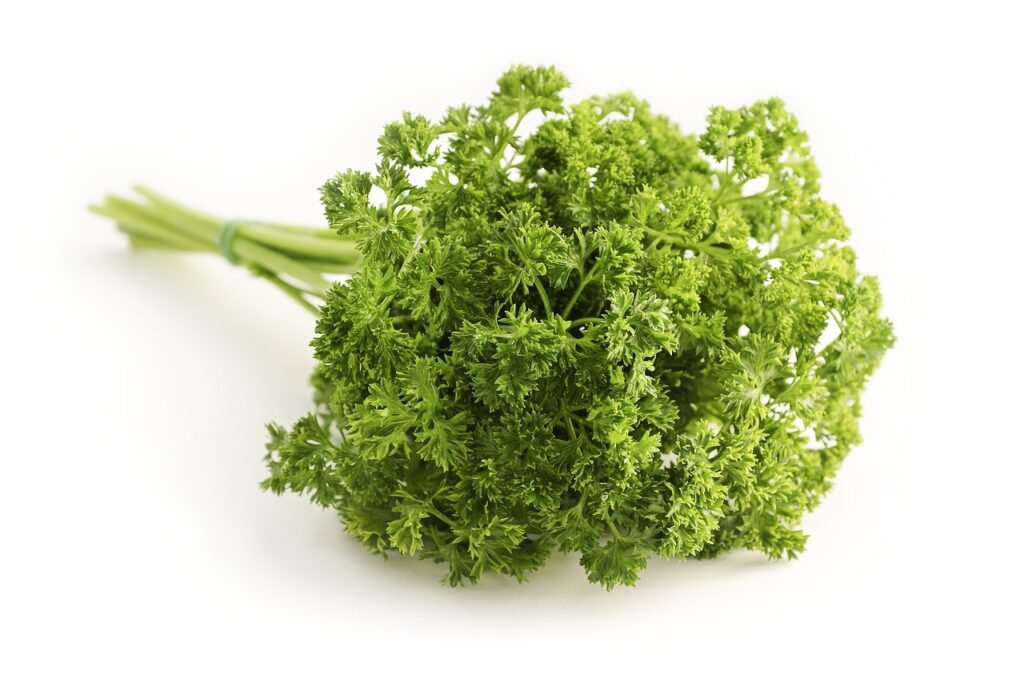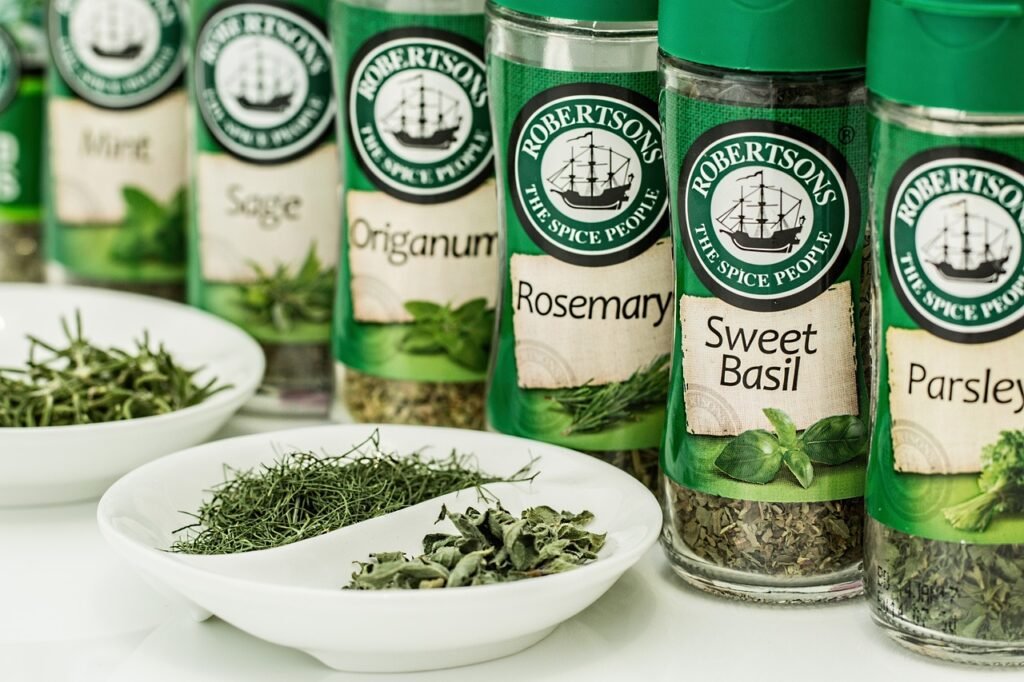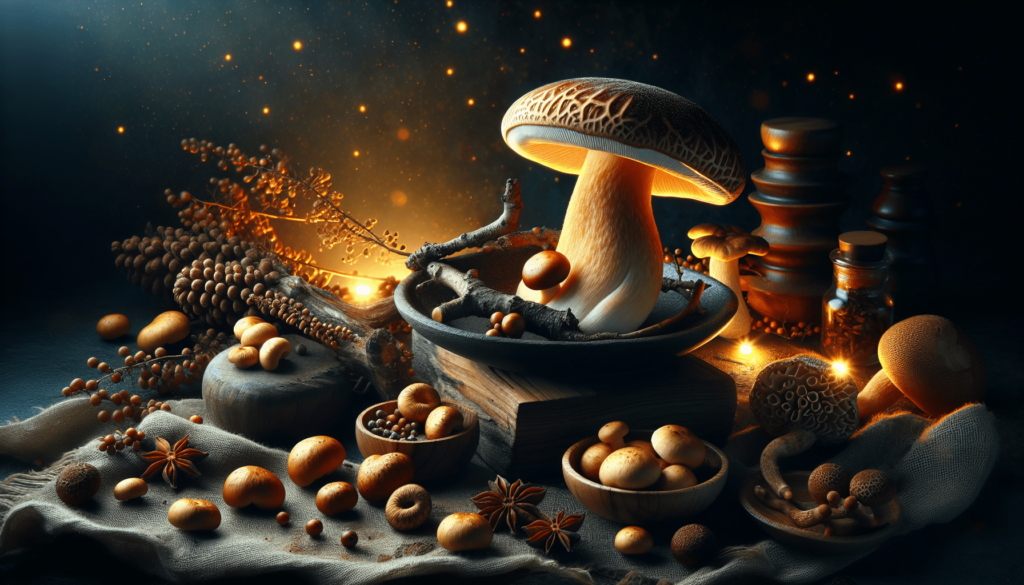Imagine stepping into a world of exquisite flavors and aromas, where each bite takes you on a journey of culinary delight. In this gastronomic adventure, one mushroom stands out above the rest – the Tricholoma Matsutake. Known for its extraordinary taste and unique fragrance, the Tricholoma Matsutake has captured the hearts and palates of food enthusiasts around the world. This mushroom, often referred to as the “King of Mushrooms,” holds a special place in the culinary world, leaving a lasting impression with its irresistible allure. Join us as we explore the fascinating world of the Tricholoma Matsutake and uncover the secrets behind its culinary magic.
Origin and Description
Native to East Asia
Tricholoma matsutake, commonly known as matsutake, is a highly prized mushroom native to East Asia. It is particularly prominent in Japan, where it is considered a culinary delight. This mushroom has a unique appearance, with a firm and robust stem and a convex cap that ranges in color from creamy white to brownish-yellow. The cap is covered with intricate patterns of scales, giving it a distinctive and beautiful appearance.
Characteristics of tricholoma matsutake
Tricholoma matsutake possesses a strong and enticing aroma that is often described as a delightful mix of spicy, earthy, and pine-like scents. Its flavor is equally unique, with a distinct umami taste that is both savory and slightly nutty. The combination of its aroma and flavor makes this mushroom a highly sought-after ingredient in East Asian cuisine.
Culinary Uses
Highly prized in Japanese cuisine
In Japan, tricholoma matsutake holds a special place in culinary traditions and is highly valued for its exceptional flavor. It is commonly used in a variety of traditional Japanese dishes, including soups, stews, rice dishes, and simmered dishes. Matsutake adds depth and complexity to these recipes, elevating the overall taste and providing a delightful aromatic experience.
Distinctive flavor and aroma
The unique flavor and aroma of matsutake make it stand out among other mushrooms. Its fragrance, reminiscent of fresh pine forests, infuses any dish with a pleasant and distinct aroma. The flavor, when cooked, is rich and earthy, making it a popular choice in both simple and elaborate preparations.
Versatile ingredient for various dishes
Tricholoma matsutake’s versatility allows it to be used in numerous culinary preparations. It can be sautéed with butter and herbs to allow its natural flavors to shine through. It pairs well with other ingredients such as seafood, meat, vegetables, and noodles, creating harmonious and flavorful combinations. Matsutake can also be used to make delicious broths or incorporated into sushi and tempura for a delightful twist.

Harvesting and Seasonality
Only found in specific forests
Tricholoma matsutake grows exclusively in specific forests and is known to have a symbiotic relationship with certain tree species, such as pine, fir, spruce, and oak. These mushrooms rely on a mutually beneficial relationship with the tree roots, known as mycorrhiza, to thrive. This unique requirement makes matsutake a rare and precious find in the wild.
Limited availability and short season
The availability of tricholoma matsutake is limited, as it only grows during a specific season. In Japan, the mushroom is typically harvested from late summer to early autumn, although the exact timing may vary based on climate conditions. The short season adds to the allure and exclusivity of this culinary gem.
Expertise required for identification and harvesting
Identifying and harvesting matsutake requires specialized knowledge and experience. The mushroom’s resemblance to other species and its specific growth conditions necessitate expertise in distinguishing the edible matsutake from its potentially poisonous counterparts. Harvesting must be done carefully to protect the delicate ecosystems and ensure the sustainable growth of these mushrooms.
Preparation and Cooking Techniques
Cleaning and removing dirt
Before cooking, tricholoma matsutake should be carefully cleaned to remove any dirt or debris. The unique texture of the mushroom’s surface often traps soil particles, necessitating meticulous cleaning. It is recommended to gently brush off any visible dirt with a soft brush or cloth. Some chefs also prefer to lightly rinse the matsutake under running water, although this should be done delicately to avoid water absorption.
Methods for preserving its unique qualities
To preserve tricholoma matsutake’s unique qualities, proper storage techniques are essential. Fresh matsutake is best consumed within a few days of harvest to fully enjoy its flavor and aroma. However, if the mushroom needs to be stored for longer periods, it is recommended to wrap it in a damp cloth or paper towel and store it in a refrigerated environment. Freezing matsutake can also be an option, but it may result in slight changes to the texture when thawed.
Creative ways of preparing matsutake
Tricholoma matsutake’s exceptional flavor and aroma inspire chefs to create various innovative dishes. It can be added to hot pots, grilled, roasted, or used as a topping for sushi and sashimi. For a simple and elegant preparation, matsutake can be cooked in a traditional Japanese donabe (clay pot) with rice, creating a fragrant and flavorful dish known as “matsutake gohan.” The possibilities are endless when it comes to showcasing the versatility of this esteemed mushroom.

Nutritional Value
Low in calories and fat
Tricholoma matsutake is a nutritious ingredient that is low in calories and fat. This makes it an excellent choice for individuals who are conscious of their diet and overall health. For those looking to enjoy a flavorful and satisfying meal without excessive caloric intake, incorporating matsutake into their dishes can be a fantastic option.
Good source of vitamins and minerals
Apart from being low in calories and fat, matsutake is also a good source of vitamins and minerals. It contains essential nutrients such as vitamin C, vitamin D, potassium, and selenium. These nutrients contribute to overall well-being and support bodily functions. Including matsutake in your diet allows you to enjoy its distinctive flavors while reaping the nutritional benefits it offers.
Medicinal and Health Benefits
Used in traditional Chinese medicine
Tricholoma matsutake has a long history of use in traditional Chinese medicine. It is believed to possess various health benefits and is used to treat conditions such as digestive disorders, fatigue, and kidney problems. Matsutake is often included in herbal remedies and tonics to support overall health and well-being.
Believed to boost the immune system
Matsutake is also known for its potential immune-boosting properties. It is believed to enhance the body’s natural defense mechanisms, helping to protect against infections and illnesses. Regular consumption of matsutake is thought to strengthen the immune system, supporting overall health and vitality.
Potential anti-cancer properties
Studies have indicated that tricholoma matsutake may possess anti-cancer properties. Certain compounds found in the mushroom, such as polysaccharides, have shown promising effects in inhibiting the growth and spread of cancer cells in laboratory settings. While further research is needed, these findings provide insights into the potential therapeutic applications of matsutake in the future.

Cultural Significance
Symbol of autumn in Japan
In Japan, tricholoma matsutake is closely associated with the autumn season and is considered a symbol of this colorful time of year. The arrival of matsutake in markets and restaurants is eagerly awaited, signaling the arrival of autumn and the harvest season. Its strong presence in seasonal dishes and traditional celebrations reflects the deep cultural significance attached to this prized mushroom.
Used in traditional ceremonies
Tricholoma matsutake plays a prominent role in traditional ceremonies and festivities in Japan. It is often used as an offering in religious rituals and as a symbol of gratitude during harvest festivals. Matsutake is also presented as a gift to express respect, honor, and appreciation to others, making it a valuable part of Japanese customs and traditions.
Considered a luxury and high-status ingredient
Tricholoma matsutake’s scarcity and distinctive qualities have contributed to its reputation as a luxury and high-status ingredient. Its use in upscale restaurants and exclusive culinary experiences further enhances its prestige. The price of matsutake reflects its exclusivity, making it a sought-after and prized culinary gem for those who appreciate exceptional ingredients.
Conservation and Sustainability
Threats to matsutake populations
Tricholoma matsutake faces various threats to its populations, primarily due to habitat loss and destruction. The specific forests where matsutake grows are susceptible to deforestation, urbanization, and human activities that disrupt the delicate ecosystem necessary for their growth. Climate change and pollution also pose challenges to the sustainable growth of matsutake.
Efforts for sustainable harvesting and cultivation
Recognizing the importance of preserving tricholoma matsutake, efforts are being made to promote sustainable harvesting and cultivation practices. Conservation organizations and forestry departments are working closely with local communities and experts to ensure responsible harvesting techniques that allow the mushroom to regenerate and thrive. Cultivation methods are also being explored to reduce the pressure on wild populations and provide a sustainable supply of matsutake.

Matsutake in Popular Culture
Inspiration for art, literature, and poetry
Tricholoma matsutake’s unique beauty and cultural significance have inspired artists, writers, and poets throughout history. Its aesthetic qualities, combined with its alluring aroma and flavor, have been captured in various art forms. Matsutake’s depiction in literature and poetry often evokes a sense of nostalgia, connecting people to the natural world and invoking emotions associated with the changing seasons.
References in Japanese pop culture and entertainment
Matsutake’s cultural significance extends to popular culture and entertainment in Japan. It is often featured in television shows, movies, and anime as a symbol of elegance, luxury, and exquisite taste. Its appearance in cooking shows and competitions highlights the mushroom’s culinary value and the artistry associated with its preparation. Matsutake remains a beloved subject of fascination, joy, and exploration in Japanese pop culture.
Global Demand and Trade
Exporting matsutake to international markets
Tricholoma matsutake’s allure has reached beyond East Asia, with an increasing demand for this prized mushroom in international markets. Japan, as the main producer and exporter, supplies matsutake to various countries. Its export allows people from different corners of the globe to enjoy the unique flavors and aromas of matsutake, enhancing the diversity of culinary experiences worldwide.
Impact on local economies and livelihoods
The global demand for tricholoma matsutake has a significant impact on local economies and livelihoods. In regions where matsutake is abundantly found, its harvest and trade provide a source of income, supporting local communities. The economic value of matsutake contributes to the sustainability of these regions, making it an important component of their socio-economic fabric.
In conclusion, tricholoma matsutake is a highly prized mushroom native to East Asia, particularly prominent in Japan. Its distinctive flavor, aroma, and cultural significance have made it a culinary delight and a symbol of autumn. Harvesting and preparing matsutake require expertise, and its limited availability adds to its exclusivity and prestige. Not only does matsutake enhance dishes with its unique qualities, but it also possesses a range of nutritional and potential health benefits. Efforts are being made to ensure the conservation and sustainable cultivation of matsutake, given the threats it faces. Its cultural significance extends beyond cuisine, inspiring art, literature, and even popular culture. Internationally, matsutake’s trade supports local economies and allows people worldwide to experience this culinary gem. Tricholoma matsutake truly represents a fusion of nature, culture, and exquisite flavors that captivate the senses and enrich culinary traditions.

